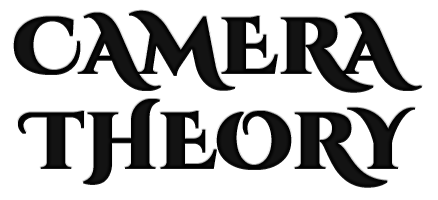If you haven’t tried macro photography – please do. Macro-style photography opens up a whole new [macro] world to you. It’s insanely interesting getting to see the world on the macro level, seeing new details that your eyes wouldn’t normally pick up.
There is a problem that newbie photographers will find when they start taking an interest in macro photography – the dreaded price tag. Macro lenses can be very expensive, and they’re so specialized that you really have to want to focus on macro photography to justify spending the money on them.
For instance, this Canon macro lens runs up over $300, and is on the lower end as far as brand-name macro lenses go.
You can, however, find some off-brand macro lenses for less, if you’re ok with sacrificing some quality in your images. If you’re just looking to learn macro photography and experiment a little with it, there is absolutely nothing wrong with getting cheaper lenses.


The photos in this post are unedited, straight from the camera unless otherwise stated.
Ok, but what are macro extension tubes?
Yes, good, let’s get to it. I’ve been talking a little about macro lenses and price, but there is another option: extension tubes.
If you’ve never heard of extension tubes, but you want to get started with macro photography, this is your lucky day. Extension tubes let you dip your toes into macro photography fun without dipping your bank account into the red.

Macro extension tubes are different than macro lenses.
- They are hallow – they do not have any glass “lens” in them.
- They are stackable – you can mix and max different extension tubes to change magnification.
- They’re a super-affordible [see: CHEAP] alternative for macro photography.
I have a very cheap set of extension tubes from a brand called “SHOOT”. Like $20 cheap. I knew nothing about them when I got them, but I wanted to mess around with macro photography and was searching for options that I could afford. Photography is not a cheap hobby, unfortunately.
How to use macro extension tubes
Extension tubes often come with 2 or more tubes per set. This is because they can be stacked.
For example, this is the set I have and it comes with:
- 13mm
- 21mm
- 31mm
You can combine these tubes for greater magnification. More extension tubes = more zoom.
Come closer…
You’ll notice that when you’re using your normal lenses, there comes a point where you can’t get any closer to the object you’re shooting because your lens will fail to focus no matter what you do. Placing macro extension tubes on your camera before your regular lens allows you to move your standard lens closer to an object while still being able to keep focus.
At the same token, with the macro extension tubes on your camera, you’ll find you need to be closer than normal for your standard lens to be able to focus at all. If you’re too far away from your object, the extension tubes won’t allow the lens to focus.
Sometimes this might mean your lens has to be almost touching the subject you’re shooting.
These are some examples of the distance my lens had to be away from the subject in order to get focus, using different focal lengths on my standard lens.


55mm-250mm lens with 3 extension tubes and lens set to 55mm.

Magnifiy
Along with letting you get closer to a subject, your extension tubes also increase magnification, so you’ll see more details of whatever you’re shooting. Look back at the previous photos to remember just how small the pin is compared to the photos below…



Autofocus
If your standard lens has autofocus, you’ll want to look for an extension tube set that includes autofocus. This just means that your lens and camera will still be able to talk to each other with the extension tubes on, so you can autofocus if you want to.
In many cases, you’ll probably want to use manual focus anyways, but it’s nice to have the option.
Light
If you’re doing macro photography do yourself a favor and make sure there’s enough light.
The combination of macro and the potential need for a fast shutter speed (if there are moving subjects) means that you’ll have less light going into the camera. If you don’t have moving subjects, you could look at using a slower shutter speed (with a tripod, for the love of photography! Here are some tips on how to choose a good tripod) to let in more light, but if you have moving subjects (like bugs) you’ll want a faster shutter speed and need as much light as possible to stop the photo from being overly dark.
Some photo examples with a macro extension tube set:





Edited to sharpen and brighten

